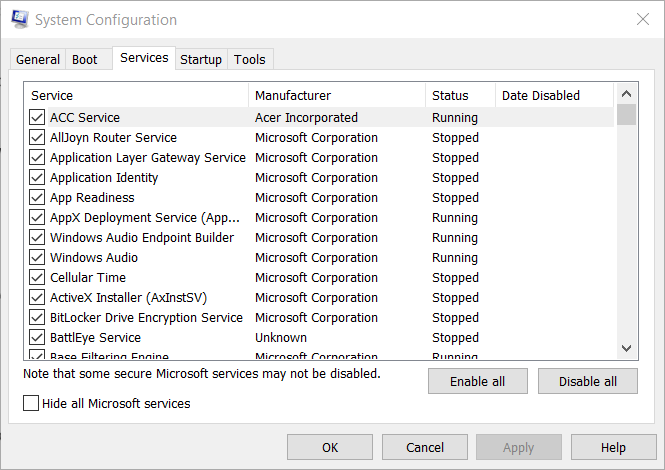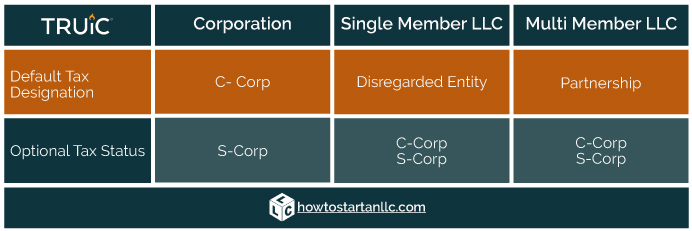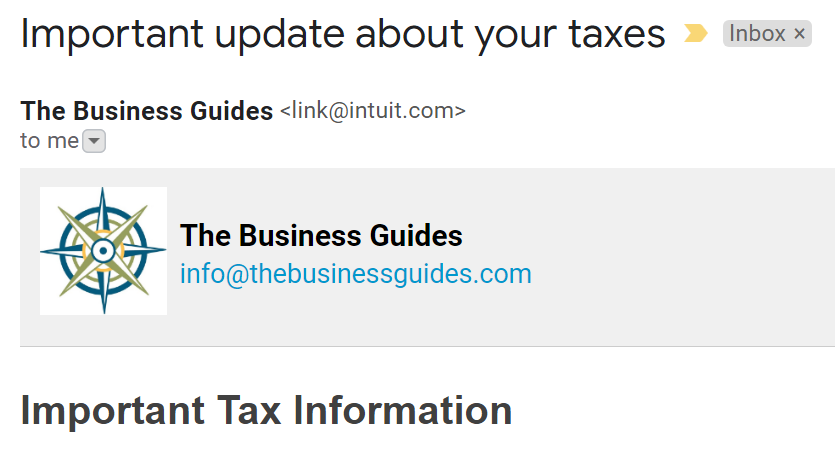

In the absence of sufficient information or notice regarding its direct and indirect owners, the IRS requires a partnership or S corporation to make certain presumptions that the information is needed by these owners.

A partnership may not know whether one of the upper tier partnerships has a partner that is a foreign corporation or a foreign individual. An S corporation may not know whether one of its direct individual owners will be claiming a direct foreign tax credit (or an indirect foreign tax credit by way of a section 962 election) related to investments held outside of this S corporation. C-corporation claiming a FDII deduction or in need of determining if it is subject to the section 59A Base Erosion and Anti-Abuse Tax (BEAT). For instance, a partnership within a tiered partnership structure may not know whether one of the upper tier partnerships has a partner that is a U.S. While it should be obvious whether the pass-through entity itself has international activities or foreign assets, it may be practically impossible for it to ascertain the relevant details of all its direct and indirect owners. An indirect partner includes a partner that owns the partnership interest through another pass-through entity, such as a partnership, S corporation, or a trust. The answer depends as much on the composition of the pass-through entity’s direct and indirect owners as on the activities and assets of the business entity itself. The first change relates to the Who Must File section, with the addition of the following note: “A partnership with no foreign source income, no assets generating foreign source income, and no foreign taxes paid or accrued may still need to report information on Schedules K-2 and K-3.” For purposes of Schedules K-2/ K-3 reporting, when is a pass-through entity considered to have items of international tax relevance? Perhaps recognizing the potential confusion of its general instructions, on January 18, 2022, the IRS released changes to the Form K-2 and K-3 instructions. One must read through the detailed instructions of each of the 12 parts of Form K-2 and K-3 to determine whether a pass-through entity has such items of international tax relevance to be reported in one or more parts of the 12 parts. However, the key phrase – “items of international tax relevance” – is much broader in scope than its misleading parenthetical (“typically, international activities or foreign partners”). On page 1 of the IRS instructions for Form 1065 Schedules K-2 and K-3 (released on August 25, 2021), the first sentence under the section Who Must File states: “The partnership need not complete this schedule if the partnership does not have items of international tax relevance (typically, international activities or foreign partners).” Based on the parenthetical of this general instruction, a person preparing a Form 1065 for a domestic partnership with no international activities or foreign partners could conclude that these new Schedules K-2 and K-3 are not applicable. Who Must File?Īt first glance of the IRS instructions, it may appear that only pass-through entities with international activities or foreign owners need worry about these new schedules. Tax professionals must have a detailed understanding of the pass-through entity’s facts and circumstances to determine which parts of the Schedules K-2/K-3 must be completed and attached with their client’s tax return. For example, the Form 1065 Schedule K-2 (replacing Forms 1065 Schedule K, Line 16) is 19 pages with 12 parts, while Schedule K-3 (replacing Forms 1065 Schedule K-1, Line 16) is 20 pages with 13 parts. The new Schedules K-2 and K-3 are extensive. These new schedules will also equip the IRS with another tool to verify compliance of taxpayers doing business through pass-through entities. Schedule K-3 is an extension of Schedule K-1 and is generally used to report to owners their share of the items reported on Schedule K-2.

Schedule K-2 is an extension of Schedule K and offers a standardized format to report items of international tax relevance from the operation of the pass-through entity. Starting with taxable years beginning in 2021, Schedules K-2 and K-3 are new schedules to accompany filing Forms 1065, 1120-S, and 8865 (together, “pass-through entities”).


 0 kommentar(er)
0 kommentar(er)
